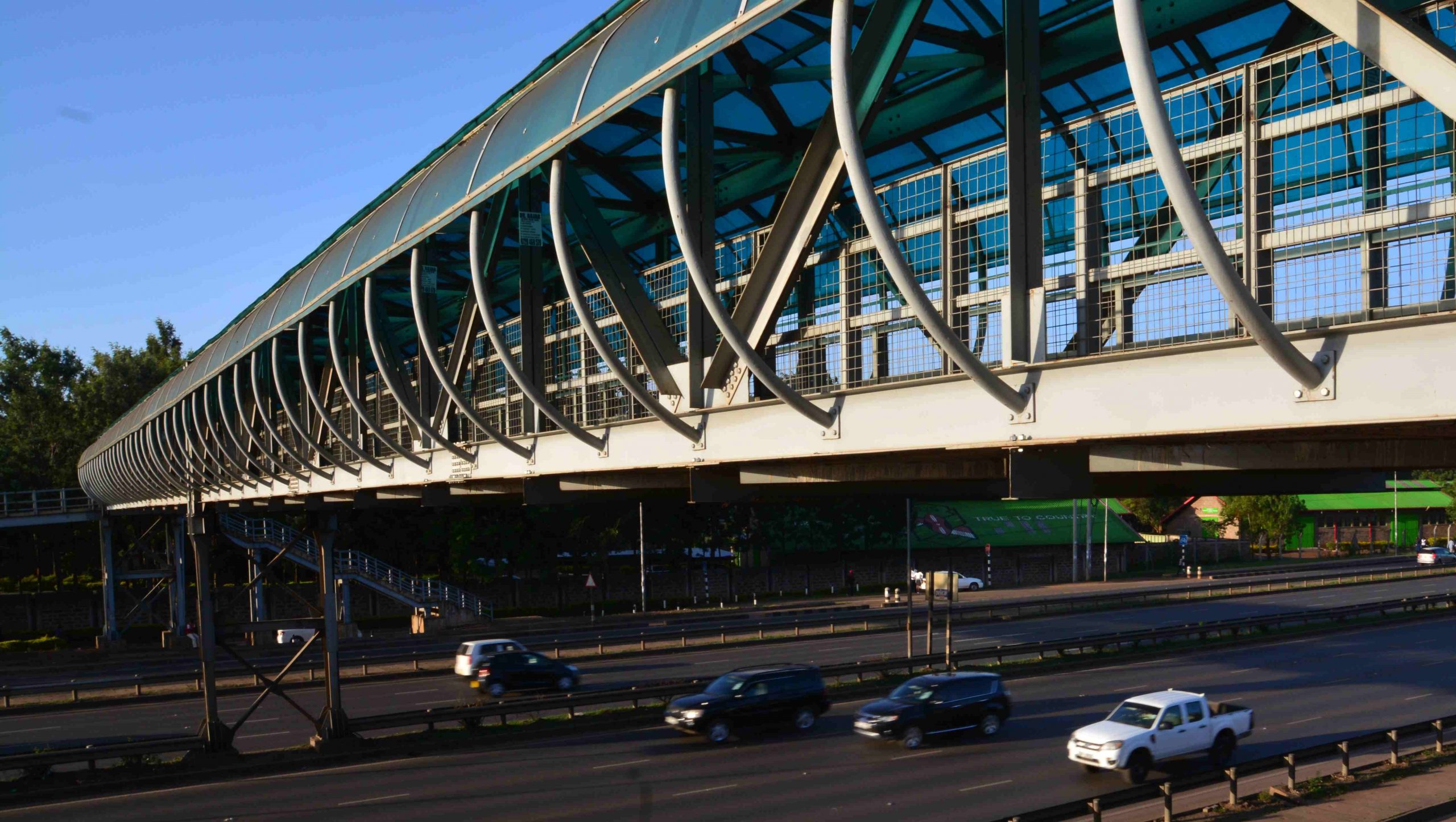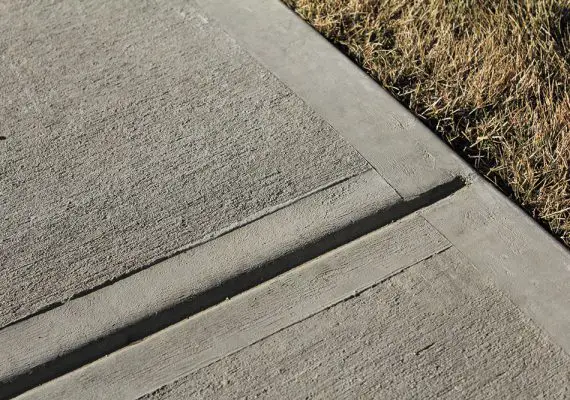What Is Repointing? How Deep Should Repointing Be?
What Is Repointing?
Repointing in concrete is a process of restoring the integrity and longevity of a concrete structure.
It involves grinding out existing mortar joints, applying a new layer of cement-based mortar to replace it, and then smoothing the repaired joints with a finishing tool.
This process allows weak or deteriorating mortar to be replaced and restores strength and durability to the concrete structure, increasing its lifespan.
How Deep Should Repointing Be?
Repointing needs to be done carefully in order to ensure that the walls stay structurally sound and aesthetically pleasing.
The depth of repointing should be approximately 15-20mm depending on the width of the mortar joints, it should not exceed 20mm as this is likely to damage the original wall structure.
To maintain a consistent depth throughout, a repointing gauge should be used to measure and monitor the depth, taking into account any irregularities in the wall’s masonry.
💥🎁 Christmas & Year-End Deals On Amazon !
Don't miss out on the best discounts and top-rated products available right now!
🛒 Shop Now and Save Big Today!*As an Amazon Associate, I earn from qualifying purchases.
A larger gap than 20mm may imply that there is structural damage which would need further investigation before proceeding with any repointing work.
What Type Of Cement Is Used For Repointing?
Repointing is the process of replacing old, damaged or missing mortar between the joints of stone, brick and concrete masonry walls.
The type of cement used for repointing generally depends on the existing structure and its condition.
In older buildings, a lime-based cement might be used to match the strength and characteristics of older mortars, while in newer structures portland cement is more common.
Often a combination of both is recommended when repointing a structure; this helps to create strong, long-lasting bonds that are flexible and durable even in extreme conditions.
What Is The Difference Between Pointing And Repointing?
Pointing and repointing are two different brickwork processes. Pointing is the process of filling any gaps between bricks with mortar, while repointing is a more extensive process needed when existing mortar has become damaged and weathered.
💥🎁 Christmas & Year-End Deals On Amazon !
Don't miss out on the best discounts and top-rated products available right now!
🛒 Shop Now and Save Big Today!*As an Amazon Associate, I earn from qualifying purchases.
Repointing involves removing old mortar from between the joints and replacing it with new; essentially giving the wall a full refurbishment to its original condition.
Repointing also allows for more flexibility with how deeply the mortar can be pushed into the joint, whereas pointing simply fills in any gaps without changing much of the existing structure.
Can You Repoint Over Old Mortar?
If your brick is 50 years old or younger, you can likely repoint it safely with a modern Portland cement-based mortar.
However, if your house was constructed before World War II, the mortar may be comprised of lime putty and sand and should be matched as closely as possible.
Otherwise, the brick and mortar’s diverse hardnesses could cause the bond between them to break over time, trapping moisture in the wall and dislodging the brick faces.
Nevertheless, traditional lime mortar acts as a cushion, being able to flexibly accommodate movement while allowing moisture to seep out of the wall.
💥🎁 Christmas & Year-End Deals On Amazon !
Don't miss out on the best discounts and top-rated products available right now!
🛒 Shop Now and Save Big Today!*As an Amazon Associate, I earn from qualifying purchases.
Does Repointing A House Add Value?
Repointing a house can add value, both financially and aesthetically. Fresh mortar can make an old building look new while also providing an extra layer of protection against the elements.
New pointing can also help to preserve existing masonry materials, preventing further deterioration or costly repairs in the future.
Adequate repointing ensures that rainwater flows away from a structure and doesn’t become trapped behind walls, helping to prevent costly water damage.
Additionally, it can provide potential buyers with peace of mind when considering one’s property as a viable investment option.
What Is The Best Mix For Repointing?
The best mix for repointing bricks is a mixture of sharp sand, cement, and hydrated lime in a ratio of 1:3:1 respectively. The sand should be as fine as possible and we recommend sieving it before mixing.
The mix should also be moist enough to form a ball when squeezed together so it can stick to the existing mortar. To ensure longevity, use a waterproofer to protect the new pointing from weathering.
💥🎁 Christmas & Year-End Deals On Amazon !
Don't miss out on the best discounts and top-rated products available right now!
🛒 Shop Now and Save Big Today!*As an Amazon Associate, I earn from qualifying purchases.
Finally, it’s important to apply firmly and evenly with a special joint-pointing trowel for an aesthetically pleasing result.

